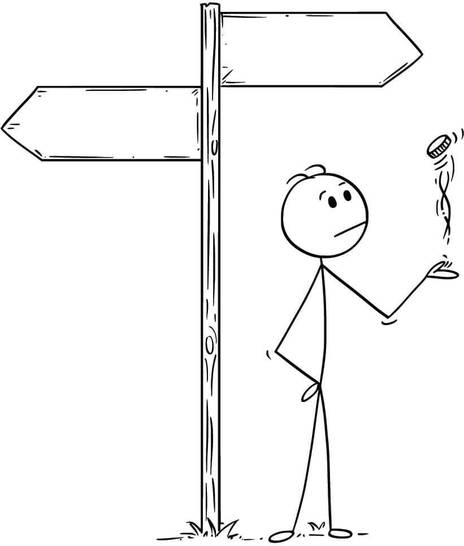Can you explain your field of research?
Recently, I work in the theoretical side of decision under uncertainty, focusing on building formal frameworks and proposing elicitation methods that I think are useful for people to gain a deeper understanding of the topic. The other side of the field tries to empirically uncover patterns of behaviors that people exhibit under uncertainty.
Who is more #risk averse? To understand, it’s required to study people with the same risk attitude. Yet #HECPhD Fan Wang brings an improved definition of #ambiguity attitude so experimental #researchers can now compare and cluster people with different #risk attitudes - #DTEAconf pic.twitter.com/x88pIlFmNa
— Knowledge@HEC (@HECKnowledge) June 3, 2019
How do you define ambiguity attitude and risk attitude?
Risk is the type of uncertainty that is precisely quantifiable, like the chance of heads when tossing a fair coin (which is 50%). In comparison, ambiguity is un-quantifiable uncertainty, like the chance of success of a truly novel business idea. Risk attitude and ambiguity attitude are usually measured in terms of how much the decision maker evaluates risky bets and ambiguity bets, respectively. The decision maker with lower evaluations is deemed more risk (and ambiguity) averse.
Risk is the type of uncertainty that is precisely quantifiable, like the chance of heads when tossing a fair coin, while ambiguity is un-quantifiable uncertainty, like the chance of success of a truly novel business idea.
What do you bring to the field of decision sciences?
Let’s go back to the example of a novel business idea, and suppose that we want to compare the ambiguity attitudes of two venture capitalists (VC) who are interested in financing the idea. Again, the standard method suggests comparing their monetary evaluations of the idea. This is reasonable, but it has been shown that this makes sense only if the two VCs have the same risk attitude, that is, if the chance of success of the idea were precisely quantifiable, the two VCs must have the same evaluation. This strong requirement renders comparing ambiguity attitudes practically impossible.
I propose a method which in our example amounts to comparing the two VCs’ subjective estimates of the idea's chance of success.
In my research, I propose a method which in our example amounts to comparing the two VCs’ subjective estimates of the idea's chance of success. And I formally show that this method does not require a common risk attitude. Therefore, my paper establishes a separation between ambiguity attitude and risk attitude, which provides decision-theoretic support to many applications and empirical tests.










